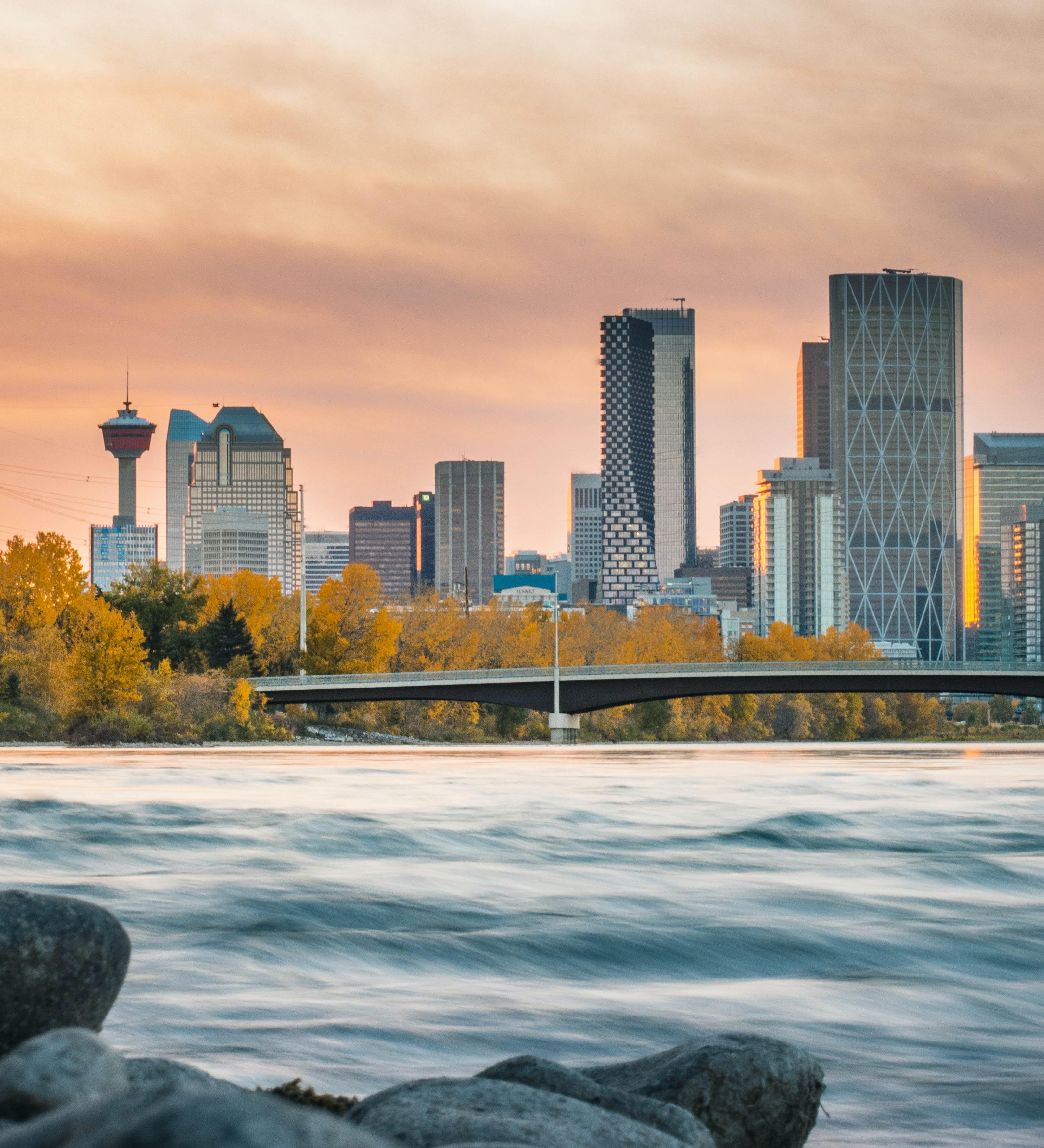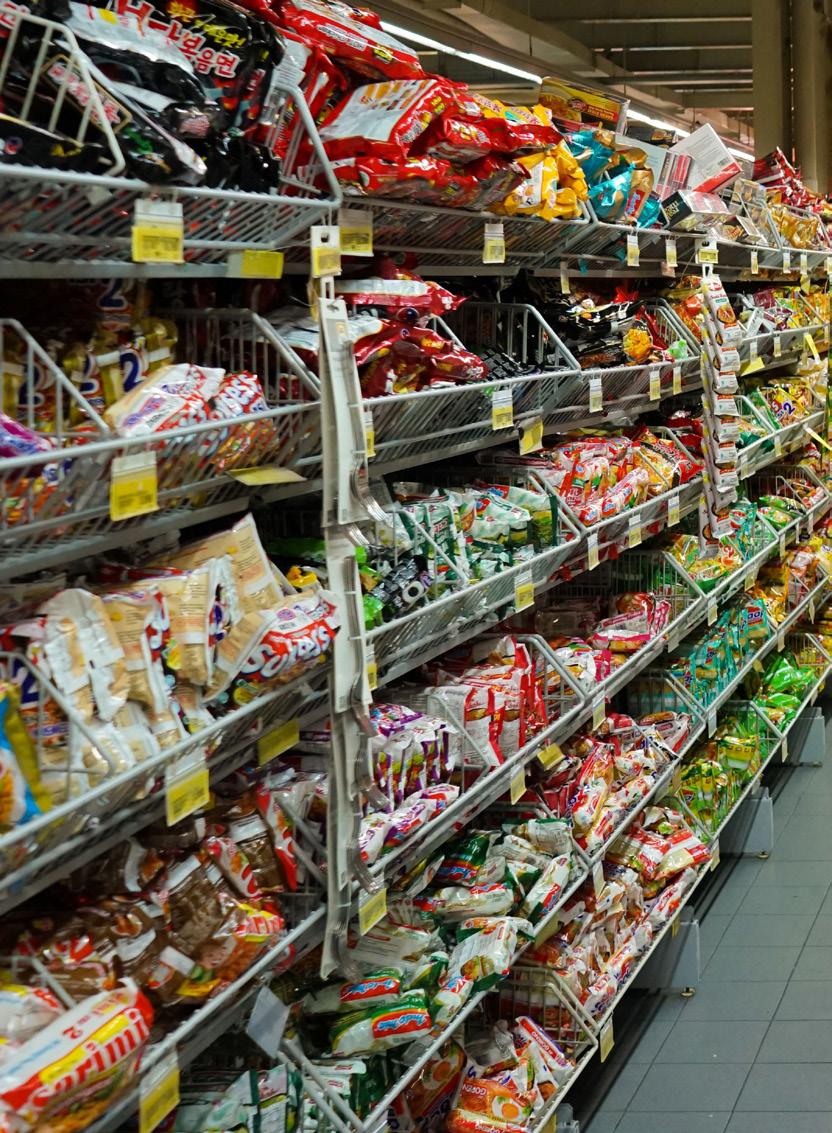
12 minute read
Economic Recovery Post COVID-19 – Mary Thomas
ECONOMIC RECOVERY POST COVID-19
By Mary Thomas
he COVID-19 pandemic has
Tbeen a colossal human tragedy killing more people globally than the World Wars. The loss of human life is heart-breaking and continues to rise with the global spread of the Delta variant.
The virus has hit society like a global tsunami, disrupting travel, cutting off communities, shuttering factories and shaking up economic markets.
The global manufacturing sector has suffered its worst contraction since the 2009 recession. Goldman Sachs foretold zero earnings growth for U.S. companies, while airlines and cruise lines are reeling as borders are still monitored. Unsurprisingly this major global disruption is leading to lower energy demand, which in turn reduced global greenhouse gas emissions. China’s industrial output has dropped 15% to 40% since the crisis began, leading to a roughly 25% drop in emissions over the same period.
Emissions reductions caused by economic downturns are temporary—and can lead to emissions growth as economies attempt to get back on track. After the global financial crisis of 2008, for example, global CO2 emissions from fossil fuel combustion and cement production grew 5.9% in 2010, more than offsetting the 1.4% decrease in 2009.
The crisis has affected the economy unevenly. The hardest-hit sectors (tourism and hospitality, airlines, retail, aerospace, oil and gas) are also the most difficult to rebuild. Certain groups of businesses have been hit harder, women- and minority-owned businesses in particular. The recovery will also be uneven and will take time. GDP is not expected to return to its pre-pandemic level before 2022, or even

2024 in some sectors.
In the meantime, recovery will depend on effectively managing public health risks and our ability to counter the next waves of the pandemic until the vaccine covers the entire population.
Changes in the Canada Emergency Wage Subsidy, the Canada Emergency Rent Subsidy (formerly the Canada Emergency Commercial Rent Assistance) and the Canadian Emergency Response Benefit (transitioned to Employment Insurance and the Canada Recovery Benefit) have helped Canadians tide through the pandemic.
Edmonton restaurant owner, Gulshan Bhutani says, “With the numerous lockdowns and restrictions, COVID had a drastic impact on our businesses. We saw a sharp decline in sales after midMarch 2020 for a while, although revenues have since gradually increased, but not to pre-COVID levels yet. Managing a business, especially a new business has been a challenge as there are many specific requirements for government financial support, which most new businesses do not qualify for. Although most of the programs the federal government put out were decent, they didn’t cater to new businesses. For our other businesses, although it was a complicated and long process, financial support from the federal government was a huge aid. Operating primarily in the food service industry and take-out, we were never really forced to shut down by the provincial government (we remained closed from March - May 2020), so the effect on our take-out businesses was not as substantial as our dine-in restaurant downtown which was forcibly closed down due a plethora of reasons: closure of offices downtown, hard to find employees to work for a few days and then no work for months; employees’ job situation has been very unsta-

ble and the waves of lock down which caused numerous openings/closing/ limited capacity in the restaurant and lack of federal financial support. I’m glad we survived the worst. The best is yet to come.”
It is high time to shift out of our fossil fuel-based economies. More than 5 million people worldwide already die prematurely each year due to air pollution. Two-thirds of air pollution deaths are caused by fossil fuels emitted from sources such as power plants, cars and factories. Experts estimate that illness and premature mortality associated with the air pollution from road transport cost OECD countries $1.7 trillion in 2010. And air pollution and the coronavirus both pose higher risks for people with
pre-existing respiratory conditions like asthma, so adding to our air pollution burden could exacerbate the coronavirus’s overall contribution to illnesses and deaths.
During previous economic crises, a number of countries turned quickly to stimulus packages that included investments in “shovel-ready” infrastructure projects. In many cases, this included building more coal or other fossil fuel power plants, upgrading roads, investing in heavy industries such as automobile manufacturing and more. Following that old playbook to respond to the COVID-19 pandemic would be a terrible mistake, as it would amplify the air pollution health crisis.
As countries look to give their economies a much-needed jolt in the wake of the COVID-19 outbreak, governments and companies considering stimulus packages essentially have two choices: They can lock in decades of polluting, inefficient, high-carbon and unsustainable development, or they can use this as an opportunity to accelerate the inevitable shift to low-carbon and increasingly affordable energy and transport systems that will bring long-term economic benefits. The latter will also fight two major crises head-on: air pollution and the growing climate emergency.
The good news is that a mounting body of evidence demonstrates that pursuing low-carbon and climate-re-
silient growth is the best way to unlock lasting economic and social benefits. Bold climate action could deliver at least $26 trillion in net global economic benefits between now and 2030 compared with business-as-usual according to the New Climate Economy. This includes creating more than 65 million new low-carbon jobs in 2030, equivalent to the combined workforces of the U.K. and Egypt today.
Indonesia, one of the largest economies in the world, identified a low-carbon growth pathway, which goes beyond the country’s current climate commitments and would deliver an average GDP growth rate of over 6% a year from now until 2045. Evidence shows this low-carbon growth path will outpace economic growth under business-as-usual from the first year it is pursued, while also unlocking an array of economic, social and environmental benefits in Indonesia. In 2045, those benefits will include more than 15 million additional jobs—which are greener and higher paying—faster poverty reduction, and gender and regional benefits.
Sustainable, low-carbon infrastructure must be central to any government-led stimulus in response to the COVID-19 outbreak. Governments have a critical role to play in setting out robust, well-articulated and sustainable investment strategies. Investment in sustainable infrastruc-
ture creates jobs today and many more social and economic benefits tomorrow. The American Recovery and Reinvestment Act of 2009, for example, led to a number of social and economic benefits including supporting roughly 900,000 clean energy jobs in the United States from 2009 to 2015. Stimulus package investments should also help build resilience in our communities to the impacts of a changing climate. The Global Commission on Adaptation has found that the net benefit of investing in resilient infrastructure over the next decade in developing countries would be $4.2 trillion over the lifetime of new infrastructure, with a $4 benefit for each

$1 invested.
Business leaders and the finance sector are already waking up to the risks of investing in high-carbon activities and the benefits of shifting to a low-carbon, resilient economy—and governments should follow their lead. More than 16 major asset owners with almost $4 trillion in investments globally have committed to transition their full investment portfolios to net-zero emission investments by 2050, and many others are rapidly shifting away from fossil fuel investments. Sustainable companies are already outperforming their peers. For example, companies committed to 100% renewable power have better net profit margins and earnings than those without this commitment. And corporations that are actively managing and planning for climate change secure an 18% higher return on investment than companies that aren’t—and 67% higher than companies which refuse to disclose their emissions.
Climate action is key to economic recovery and long-term growth. The global COVID-19 outbreak shows without a shadow of a doubt that governments have the ability to take urgent and radical action to contain crises. This will not be easy, and requires all of us to play our part. However, as we emerge from this immediate crisis, we need to be clear that responding to the short-term economic downturn with bad long-term investments would not make sense. Instead, we have an opportunity to use stimulus measures to boost growth following the COVID-19 health crisis to curb air pollution and help address the climate crisis as well.
The growing urgency of the climate crisis shows the dire need for imme-
diate measures to drastically cut emissions now. And the opportunities to do so, given new developments with clean technologies and their falling costs, have never been better. While the restrictions on travel and large meetings are challenging, in turn they may also help us shift our own behavior to work, education and travel patterns that are much more sustainable, including recognizing the opportunities and broader benefits of teleworking and virtual meetings. We are being forced to reset our habits now, but we should use this as a learning moment as we come out of the crisis.
We cannot punt the climate emergency down the road. This year, countries must deliver national climate commitments for 2030 aligned with reaching a net-zero emissions world by 2050. For those looking to shore up their economies in turbulent times and achieve long-term sustainable growth, climate action offers a compelling opportunity.
Alberta ended the 2020-21 fiscal year with a deficit of $16.9 billion, which is $3.2 billion lower than the third-quarter forecast. Oil prices and
the dire need for immediate measures to drastically cut emissions now. And the opportunities to do so, given new developments with clean technologies and their falling costs, have never been better.
other economic indicators trended upwards as the year came to a close, which boosted government revenue. “Last year was very difficult for many Albertans, but the province is emerging stronger than expected. The government took bold action to support job creation, build infrastructure and diversify our economy, and we are determined to carry this momentum forward, while remaining committed to our fiscal anchors,” Travis Toews, President of Treasury Board and Minister of Finance.
Revenue for 2020-21 was $43.1 billion, which is $0.8 billion higher than the third-quarter forecast reported in Budget 2021. The increase is due mainly to stronger-than-expected oil prices in the last quarter of the fiscal year. With the strong improvement in energy prices and economic activity late in the fiscal year, revenue from oil sands royalties and corporate and personal income taxes also increased from the third quarter forecast.
Financial markets picked up steam in the latter months of the year, which boosted investment income. Revenue from premiums, fees and licences also improved significantly. For example, strong North American lumber prices bolstered the province’s income from timber royalties.
Expense was $2.8 billion higher than originally budgeted for due to the COVID-19 pandemic, protecting jobs and supporting economic recovery. In 2020-21, support for the pandemic response and Alberta’s Recovery Plan totalled $5.1 billion, plus $460 million in capital investments. The government also deferred billions of dollars in fees and taxes to help Albertans through the pandemic.
Key actions taken in 2020-21 in response to the pandemic include: • Substantial additional investments in the health-care system totalling $1.5 billion • The acceleration of the Job Creation Tax Cut to make Alberta one the most competitive jurisdictions in North America • More than $2.5 billion in deferrals on utility bills, education and property taxes, student loans, and government fees and taxes • Direct grants of approximately $626 million to small businesses impacted by health restrictions • Supports for Albertans to safely isolate • 40 million masks to Albertans • Provided hotels and other tourist accommodations with direct support through the Tourism
Levy Abatement • Significant support for homeless shelters, women’s shelters, and food banks
Alberta’s economy is emerging from the depths of the downturn. The provincial government committed to keep the ratio of net debt to gross domestic product (GDP) below 30 per cent. Alberta’s overall level of debt remains low compared to most other provinces.
While Alberta’s real gross domestic product (GDP) contracted by an estimated 8.2 per cent in 2020, many economic forecasters have predicted that Alberta will lead all provinces in growth this year, including the Conference Board of Canada, BMO, CIBC and Desjardins. As of May, Alberta has already recovered about 86 per cent of the jobs lost between February 2020 and April 2020. Five new health facilities are under construction. Twelve health facilities are currently being renovated, modernized or expanded. Alberta rehabilitated 830 kilometres of road and completed 111 new roads and bridges, completed 20 school projects, and 68 others are underway, 705 new housing units, and 1,842 more are under construction, renovated two courthouses, and five courthouse projects are currently underway.
The Alberta government, along with the Canada Infrastructure Bank and eight irrigation districts, partnered on a historic $815-million investment in irrigation infrastructure to support economic recovery in the province. The investment is expected to lead to the expansion of more than 200,000 irrigated acres over the next several years. $359 million investment in the agrifood sector is expected to lead to the creation of 1,147 full and part-time jobs. Enbridge Line 3 Project is replacing 1,600 kilometres of 60-yearold pipeline between Alberta and Wisconsin, restoring original capacity from the current 390,000 barrels per day, to 760,000 barrels per day and providing reliable energy, jobs and economic benefits on both sides of the border. Construction continued on the Trans Mountain Pipeline Project, which is expected to create 1,800 good-paying jobs and increase capacity from 300,000 to 890,000 barrels per day when operational in December 2022.
We’ve made it through a global pandemic and we are hoping to see resurgence, that will translate into less dependence on fossil fuel, more sustainable transportation and a planet friendly future.
mthere@gmail.com













